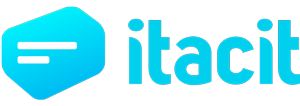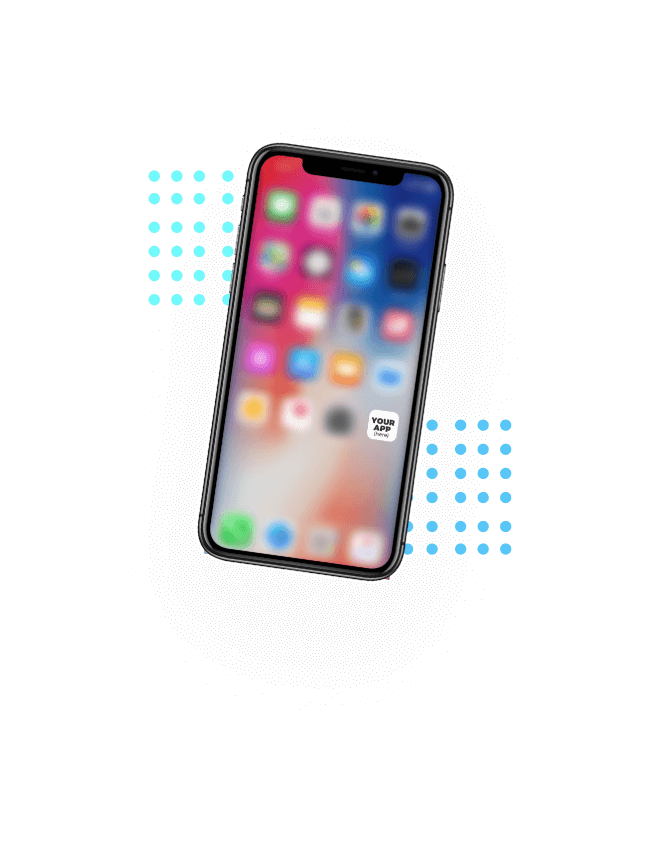Automation technology shouldn’t be seen as a replacement for our people, but instead should be approached as a way to improve the employee experience. The good news is, you don’t even have to look that far to begin leveraging digitization to improve processes, thanks to employee analytics for employee data collection.
Employee information is powerful, and having the right time, date or workflow logged can make a night and day difference for a multitude of critical processes. Here’s my breakdown of the types of information you should be prioritizing and a glance into how you should go about doing that.
By now, we all know that information and data are highly useful for businesses, both externally and internally.
I’ll use the ongoing pandemic’s beginning as an example. Once it had hit full stride, questions started popping up: ‘What should we monitor? How do we track the information we need? And what and how do we collect?’
Employee privacy came up in every conversion – it almost always still does – because leaders worried about what they could analyze without asking too much of their employees. But, without this information, I (and others in positions similar to mine) wouldn’t be able to keep my people as safe as possible and avoid liability risk,
People analytics and operation-critical information.
Before planning out which services you will be powering your data collection with, have your teams run a detailed audit of which information and processes are critical to your HR and operational functions, and how you’re using people analytics.
HR News does an excellent job here summarizing how this information slots in. Here are some of my compiled highlights about how employee generated data is used:
- HR and co. use tracked data to target specific units or employees who are struggling and then use it again to find a solution to give them a leg up.
- Teams can predict dips in productivity by recognizing trends in reports.
- See what’s working and what isn’t, so they can improve their ROI.
- Reuse already-uploaded information to speed up sign offs, assigning and more.
Your teams need to first recognize which data is necessary to know and categorize it down into manageable components.

Deciding which employee data to prioritize
Visibility plays a significant role in today’s workplace. Of course, it goes without saying that administrators need to remain transparent throughout.
Gartner reports that, when asked, over 95% of employees surveyed are completely in agreement about collecting their information – especially when it benefits them and their coworkers.
Here are a few other great points that Gartner’s piece makes about the HR angle:
- Employee data speeds up document filling and negates multiple compliance risks.
- Typical information that’s gathered by HR can include activity monitoring, ‘exit surveys’, engagement numbers and more.
- Ensure that everyone knows their organization’s angle (why they’re collecting information) and regularly check in to see if there are any concerns or misunderstandings.
These are all excellent observations. However, it’s equally important to note that there are opportunities for other departments – like operations – in employee data collection.
The opportunity for operations
For those responsible for making operational and organizational processes the best they can be, they should never discount the power of their own employees’ information.
In today’s digital workplace, operations teams can leverage digitized employee data to eliminate both paperwork and manual data entry, automating these tasks. If teams include a group of delivery truck drivers or other comparably mobile employees, operations should turn to a digital operations platform so they can clean up (literally) their employees’ day-to-day tasks.
Instead of hunting after that one form, how about making it so that the document in question is searchable and uploaded from the get go? For employees, their typical processes will be much faster if they can pull up resources on their tablet; for managers, they’ll be able to stop worrying about if the information is incomplete, illegible or long-resigned to the paper shredder.
Uniting in-office employees with their remote coworkers is easier than ever now. So, while you’re at it, build your digital workplace into a setup that positions employee generated data as a useful, insightful resource.
It’s more than simply ‘How do I collect employee data in 2021?’
Answering that immediately may seem like an easy thing. Forms, checklists, surveys and polls are tested and true methods that are only getting better and better.
However, this question and the rundown I’ve just quickly provided in response are only a small piece of the puzzle. Ultimately, it plays funnels into the large, growing umbrella of digitization. We all need to look at employee data collections and its uses as a step towards the real digital workplace and having everything searchable at our fingertips.
Especially with 2021 and its new challenges looming, it’s time to draw out your roadmap for digital transformation.
















